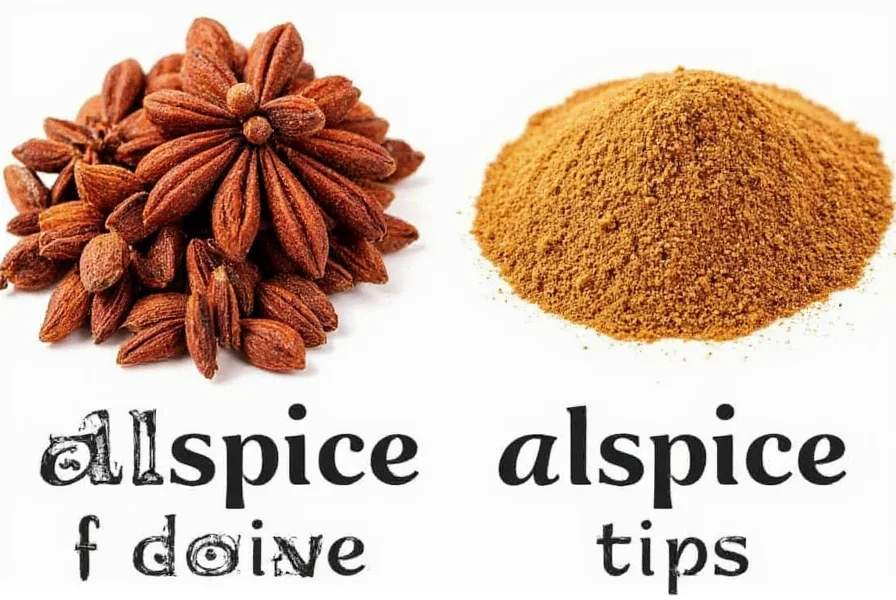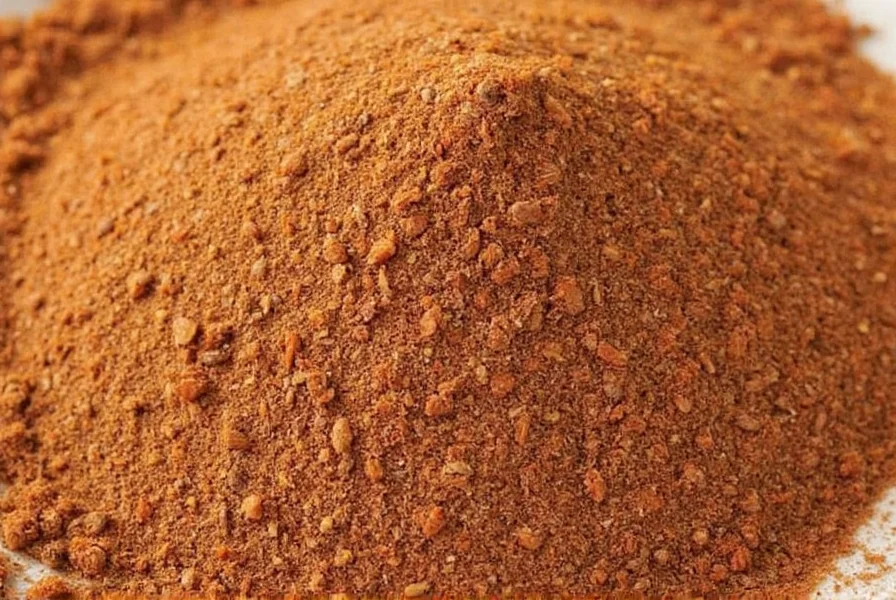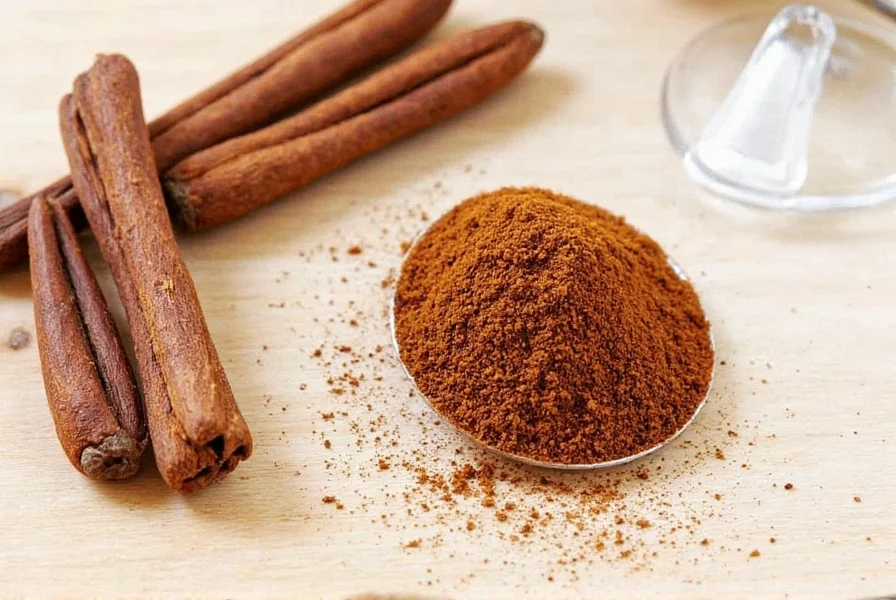The most accurate substitute for allspice is a blend of 1/2 teaspoon cinnamon, 1/4 teaspoon nutmeg, and 1/4 teaspoon ground cloves for every 1 teaspoon of allspice required. This combination replicates allspice's complex flavor profile, which naturally contains notes of cinnamon, nutmeg, and clove. For immediate cooking needs, cinnamon alone can work in a 1:1 ratio, though it lacks the depth of true allspice.
Understanding Allspice and Its Best Substitutes
Allspice, despite its name, isn't a blend but a single berry from the Pimenta dioica tree. Native to the Caribbean, it earned its name because its flavor profile resembles a combination of cinnamon, nutmeg, and cloves. When you're mid-recipe and realize you're out of allspice, knowing precise substitution ratios becomes essential to maintain your dish's intended flavor balance.
Whether you're baking holiday cookies, preparing Jamaican jerk seasoning, or making pumpkin pie, the right allspice alternative can mean the difference between an authentic flavor profile and a disappointing result. This guide provides tested substitution methods based on culinary science and professional chef recommendations.
What Makes Allspice Unique
Allspice contains eugenol (also found in cloves), caryophyllene (present in black pepper), and terpenes that create its distinctive warm, sweet, and slightly peppery taste. Unlike pre-mixed spice blends, authentic allspice offers a seamless integration of these flavor notes. Understanding this composition helps in creating effective substitutes that maintain recipe integrity.

Top Allspice Substitution Options
Cinnamon-Nutmeg-Clove Blend (Most Accurate)
This three-spice combination most closely mimics allspice's complex flavor. The precise ratio matters significantly:
| Allspice Required | Cinnamon | Nutmeg | Cloves |
|---|---|---|---|
| 1 teaspoon | 1/2 teaspoon | 1/4 teaspoon | 1/4 teaspoon |
| 1 tablespoon | 1 1/2 teaspoons | 3/4 teaspoon | 3/4 teaspoon |
| 1/4 cup | 3 tablespoons | 1 1/2 tablespoons | 1 1/2 tablespoons |
For baking applications like pumpkin pie or gingerbread, consider adding a tiny pinch of ground black pepper (about 1/16 teaspoon per teaspoon of allspice) to enhance the complexity. This professional chef technique replicates allspice's subtle peppery notes.
Single-Spice Alternatives
When you need a quick solution with limited pantry options:
- Cinnamon: Use 1:1 ratio. Best for sweet applications but lacks depth for savory dishes
- Cloves: Use 1/4 the amount (1/4 tsp cloves = 1 tsp allspice). Powerful flavor requires careful measurement
- Nutmeg: Use 3/4 the amount (3/4 tsp nutmeg = 1 tsp allspice). Works well in creamy sauces and baked goods
Best Substitutes by Recipe Type
Different dishes require tailored substitution approaches. Understanding which alternative works best for specific applications prevents flavor imbalances:
Baking and Desserts
For pumpkin pie, apple crisp, or spice cakes, the cinnamon-nutmeg-clove blend works perfectly. In cookie recipes, consider adding 1/8 teaspoon allspice substitute per cup of flour to prevent overwhelming sweetness. When substituting in delicate pastries, toast the spices lightly before grinding for enhanced flavor without bitterness.
Savory Dishes and Meat Rubs
Caribbean jerk seasoning and meat marinades benefit from a slightly different approach. Increase the clove component by 10-15% in your substitute blend to match allspice's sharper notes in savory applications. For slow-cooked meats, add the substitute midway through cooking rather than at the beginning to preserve volatile flavor compounds.

Flavor Impact Analysis
Each substitute creates distinct flavor shifts that affect your final dish:
- Cinnamon-heavy blends: Produce sweeter, less complex results ideal for baked goods but insufficient for authentic jerk seasoning
- Extra clove variations: Add sharper, more medicinal notes that work well in ham glazes but can overwhelm delicate desserts
- Nutmeg-focused substitutes: Create warmer, earthier profiles perfect for béchamel sauces but less suitable for fruit-based recipes
Professional chefs recommend tasting your substitute blend before adding it to recipes. Mix your proposed substitute with a small amount of warm water or oil to evaluate the flavor balance. Adjust ratios based on your specific recipe requirements and personal taste preferences.
Pantry Management Tips
To avoid future allspice emergencies:
- Store whole allspice berries rather than ground for longer shelf life (up to 3 years vs. 6 months)
- Keep spices in airtight containers away from light and heat sources
- Grind small batches as needed for maximum flavor retention
- Consider keeping a small container of pre-mixed allspice substitute in your freezer
When creating your own allspice substitute blend, use freshly ground spices whenever possible. Pre-ground spices lose volatile compounds rapidly, diminishing the effectiveness of your substitution. For critical recipes, invest in a small spice grinder dedicated to maintaining optimal flavor profiles.
Frequently Asked Questions
Can I use pumpkin pie spice instead of allspice?
Yes, pumpkin pie spice makes an excellent 1:1 substitute for allspice in baking applications. Most commercial pumpkin pie spice blends contain approximately 70% cinnamon, 15% nutmeg, 10% ginger, and 5% cloves - proportions that closely match allspice's flavor profile. However, for savory Caribbean dishes, pumpkin pie spice may add unwanted sweetness.
What's the best allspice substitute for Jamaican jerk seasoning?
For authentic jerk seasoning, use a modified blend of 3 parts cinnamon, 2 parts cloves, and 1 part nutmeg. Traditional jerk recipes rely on allspice's distinctive notes, so increasing the clove component compensates for the absence of allspice's sharper elements. Add 1/8 teaspoon of black pepper per teaspoon of substitute to enhance the characteristic heat profile.
How does allspice substitution affect baking chemistry?
Allspice substitution doesn't significantly alter baking chemistry as spices function primarily as flavor agents rather than leavening or structural components. However, cinnamon's natural acidity can slightly affect rise in yeast-based doughs. When substituting in chemically-leavened recipes, maintain precise measurements as excessive spice can interfere with proper aeration and texture development.
Can I make a liquid allspice substitute for beverages?
Yes, create a liquid substitute by combining 1/2 teaspoon each of cinnamon, nutmeg, and cloves with 2 tablespoons of warm water or simple syrup. Let it steep for 15 minutes, then strain. Use 1 tablespoon of this infusion per teaspoon of allspice required in mulled wines, chai, or spiced cider recipes. This method extracts maximum flavor compounds while ensuring even distribution.
Why does my allspice substitute taste bitter?
Bitterness typically comes from overusing cloves or using stale spices. Cloves contain eugenol, which becomes bitter when used in excess. Stick to the 1:1:2 ratio (clove:nutmeg:cinnamon) and ensure your spices are fresh. If bitterness occurs, balance it with a small pinch of salt or 1/4 teaspoon of brown sugar per cup of finished dish to neutralize the harsh notes without altering the overall flavor profile.











 浙公网安备
33010002000092号
浙公网安备
33010002000092号 浙B2-20120091-4
浙B2-20120091-4